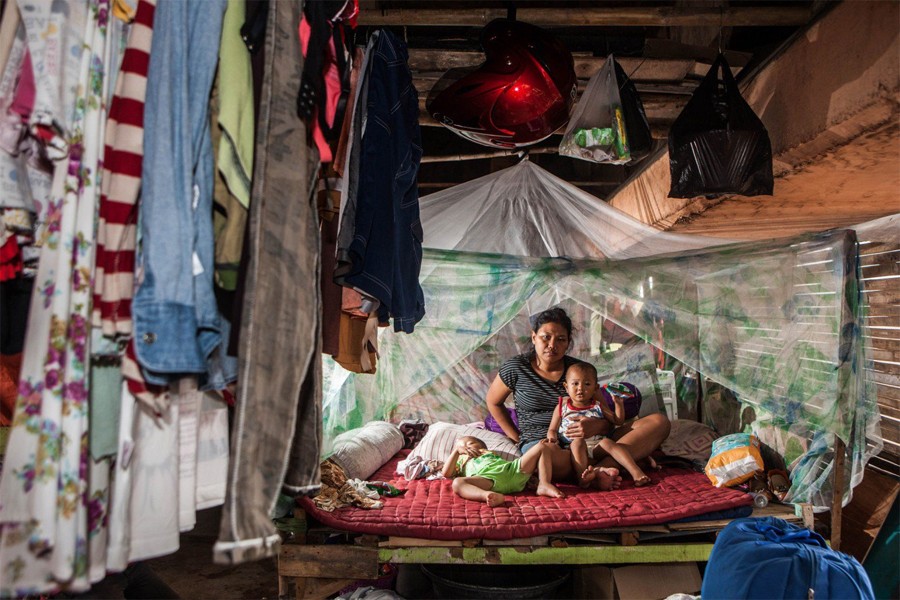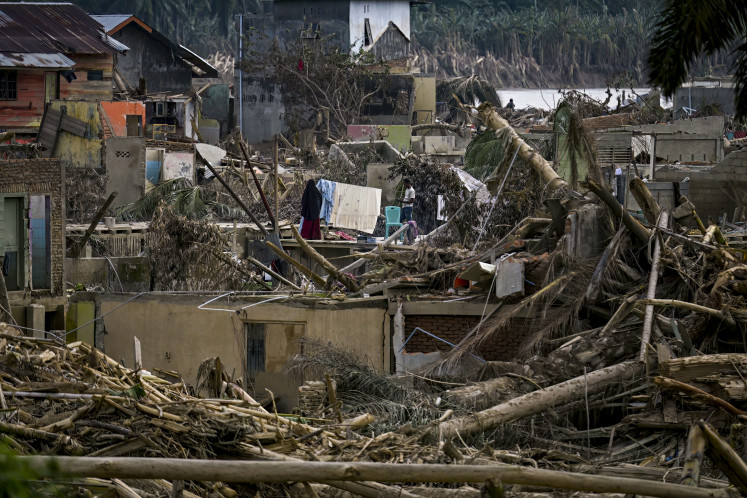Popular Reads
Top Results
Can't find what you're looking for?
View all search resultsPopular Reads
Top Results
Can't find what you're looking for?
View all search resultsANALYSIS: Housing for people: Obstacles and efforts
Change text size
Gift Premium Articles
to Anyone
H
ousing for the people remains an unresolved problem. The housing backlog to date is estimated to total 15 million units and the figure is expected to continue rising, particularly for low-income housing.
There are many obstacles hampering the provision of housing to people and low-income housing in particular. The first obstacle is the difficulty of finding available land for low-income housing that can be strategically priced based on location. High land prices create high selling prices for these houses.
In 2015 the government began the 1 million houses program. This program is meant to set affordable subsidized home prices with very low installments (only 1 percent of the house price) and make them free of value added taxes (VAT). The program is supported by Housing Finance Liquidity Facility (FLPP), more commonly referred to as home subsidies. The objectives of the 1 million houses program are to provide homes for households that cannot afford decent houses and to reduce the extent of slum settlements in various regions in Indonesia.
The second obstacle is high licensing fees. The high cost of licensing boosts the prices of homes for sale. Meanwhile, on the other hand, the prices of homes sold cannot be too high because they are restricted by the government. Thus, the profit margin for low-income housing is not so high so that developers who enter this low-cost housing market are limited.
Through the 13th economic policy package, the government has simplified the number of permits and their timing for the construction of low-income housing. By removing or reducing the variety of licensing and recommendations originally needed, the simplification will cut down the needed permits from 33 to just 11. With the simplified licensing at this stage, the construction time for low-income housing can be shortened from an average of 769 to 981 days to only 44 days. Therefore, the subtraction, merging and acceleration of the licensing process for low-income housing will reduce licensing costs by up to 70 percent.
The government hopes that with the new economic policy package the construction of low-income housing would be faster. More recently, the government explained that the legal protection in the form of government regulations will be published in the near future. Active support from the government is expected to increase the interest of developers in building low-cost housing projects.
Third, problems involving supporting infrastructure for housing deserve special attention. Even today, access roads and electricity networks are still inadequate in many areas in Indonesia. For example, many villages are still untouched by power lines and access roads to some residential areas are still not adequate.
This would certainly complicate the construction of settlements in the area since distribution costs would be high so building materials would become unaffordable. If the infrastructure can be repaired, then distribution costs would be lower and ultimately this would reduce the cost of housing construction.
To accelerate the construction of related infrastructure, the government has designated 30 infrastructure projects worth Rp 851 trillion (US$ 65.5 billion) to be priority projects from 2016 to 2019. Of the 30 priority projects, eight are toll roads and connectivity projects, while nine are power plants.
Furthermore, a fourth obstacle exists on the consumer financing side. Low-income people, who usually earn a living in the informal sector, are generally not eligible to apply for housing credit. This obviously makes it difficult for them to buy homes. An alternative solution is to provide financing schemes that can reach these people.
Through the FLPP, which began in 2010, the government provides low interest on housing loans for communities with a maximum income of Rp 4.5 million per month. For 2016, the government has allocated Rp 9.2 trillion for this facility and this figure will increase in 2017, for which the government has allocated Rp 9.7 trillion.
Considering these efforts, the government is indeed working on the problems of public housing very seriously. Since housing needs are growing while provision is still limited, the government must really focus and take serious steps — among others by successfully executing the 1 million houses program.
The provision of public housing is a complicated problem and requires time to complete, but as long as there is good cooperation and efforts to quickly and consistently do repairs, we can expect the provision of public housing to be accomplished sooner so that in the end the huge housing backlog can be eliminated.
__________________
The writer is an industry analyst at Bank Mandiri.










